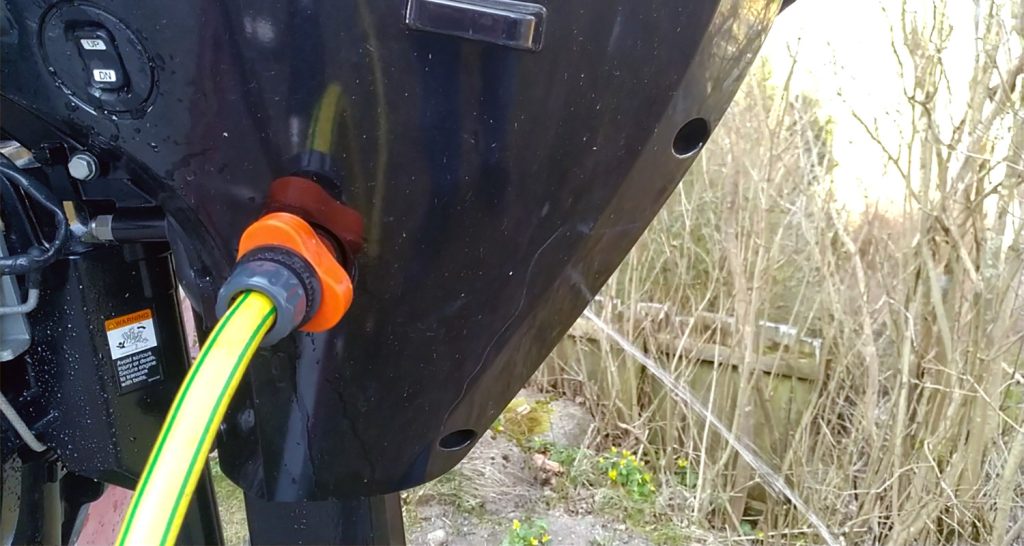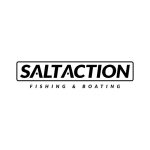Outboard boat motors are invaluable assets for water enthusiasts, powering boats through lakes, rivers, and oceans with ease. As a responsible boat owner, it is imperative to understand the significance of connecting water to your outboard motor before starting it.
This article delves into the reasons why this practice is essential and how it safeguards the longevity and performance of your marine engine.
Cooling the Engine:
Outboard boat motors are predominantly powered by internal combustion engines, which generate significant heat during operation. Without a reliable cooling system, the engine would quickly overheat, leading to irreparable damage. Connecting water to the motor allows for a steady flow of cooling water, ensuring that the engine remains at an optimal operating temperature. This prevents components from warping, seizing, or suffering other forms of damage caused by excessive heat.
Protecting the Impeller:
The water pump impeller, a crucial component of the cooling system, is responsible for drawing water from the surrounding environment and delivering it to the engine. When the motor is started without a water supply, the impeller runs dry, leading to rapid wear and potential failure. By connecting water to the outboard motor, you ensure that the impeller is properly lubricated and cooled, extending its lifespan and maintaining efficient water circulation.
Lubrication and Corrosion Prevention:
Water plays a dual role in preserving the health of your outboard motor. When water is supplied to the motor, it helps lubricate various components, such as the drive shaft, gears, and bearings. This lubrication reduces friction, heat, and wear, enhancing the overall performance and longevity of the engine.
Furthermore, water acts as a barrier against corrosion. Saltwater, in particular, can be highly corrosive, posing a threat to metal parts. By connecting water to the motor, you create a protective layer that minimizes the risk of corrosion and extends the life of critical engine components.
Early Detection of Issues:
When water is connected to the outboard motor, you gain a valuable diagnostic tool. The presence of water flow indicates that the water pump, hoses, and other cooling system components are functioning correctly. If, for any reason, you observe insufficient or no water flow, it is a clear indication of a problem that needs immediate attention. Early detection of cooling system issues can help you avoid major engine damage and costly repairs.
Compliance with Manufacturer Guidelines:
Manufacturers of outboard motors explicitly recommend connecting water before starting the engine. They design their products with water-cooling systems in mind, and failure to follow their guidelines can void warranties or result in the denial of insurance claims in case of damage.
Wrapping Up
Connecting water to your outboard boat motor before starting it is an essential step to ensure the longevity, performance, and safety of your marine engine. The presence of water allows for proper cooling, lubrication, and corrosion prevention, safeguarding critical components and mitigating the risk of damage. By adhering to manufacturer guidelines and practicing responsible boat ownership, you can enjoy countless hours of trouble-free boating while maximizing the lifespan of your valuable investment. Remember, connecting water to your outboard motor is a small step that yields significant benefits in the long run.


